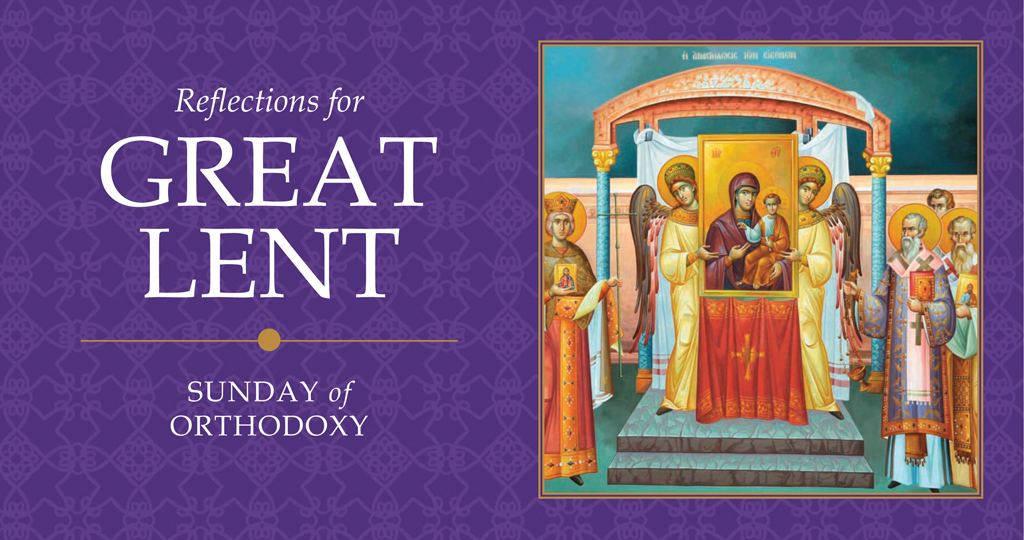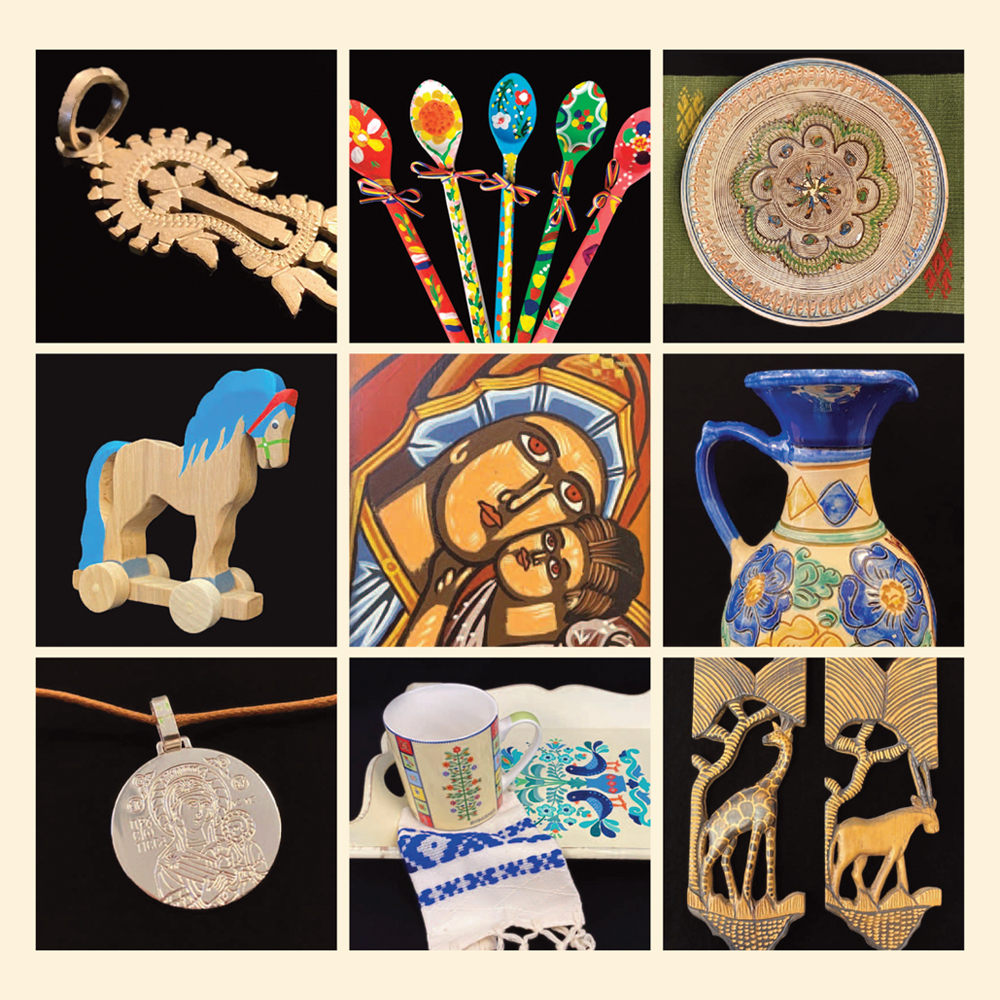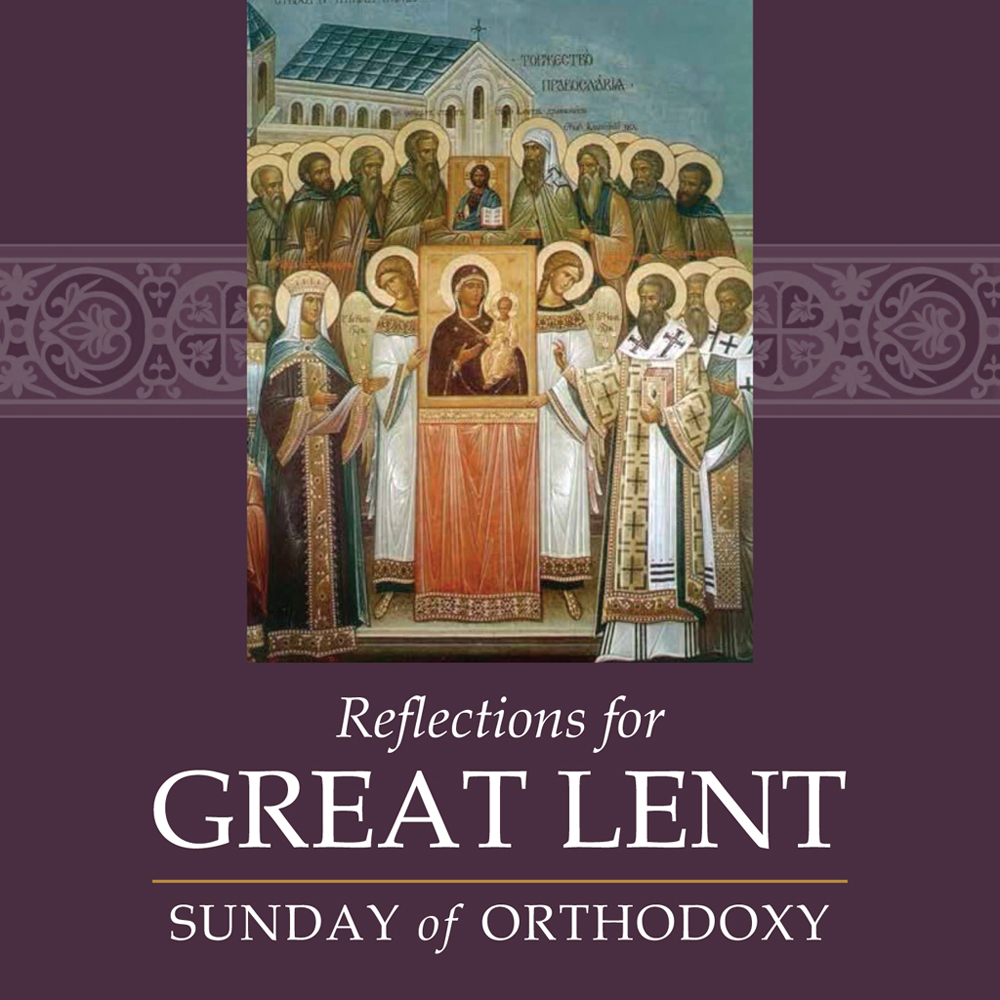
Icons and the Incarnation
“Icons affirm a very … fundamental truth of Christianity: that is, the Incarnation of Christ.”
Icons have been in use since the earliest days of the Church. In their simplest forms, icons were found in catacombs, graves, and other places of ancient Christian worship. They included the cross, the fish, the lamb, and other symbols that represented Jesus. By the fifth century, iconography began to be widespread. Beautiful paintings, mosaics, frescoes, and other media of art were used to depict Christ, the Theotokos, and the saints. The Church felt quite comfortable in depicting our Lord and His saints, as art was just another way to praise and teach about God, just as the Church used music and poetry.
Icons also affirm for us a very foundational and fundamental truth of Christianity: that is, the Incarnation of Christ, that God became man. The invisible became visible, the intangible became tangible, the unseen is now seen in the person of Jesus Christ.
This is the truth we proclaim today: that we can see God.
When a priest censes the church, he offers a blessing and prayer to the icons of the church, paying honor not to the painting, but to the saint. Then the priest censes the living icons throughout the church, you the faithful, because that’s what you are, living icons of the beauty of God.
So on this Sunday of Orthodoxy, we celebrate the Triumph of Truth by remembering Who is Truth Incarnate—Jesus Christ.
May we all make His life and His way become our life and our way. Let us allow His Truth to be the guiding factor in our lives not only throughout our Great Lenten journey, but throughout every day of our lives.
To Him be all glory, honor, and worship, now and forever and to the ages of ages. Amen.
This week’s reflection is written by Fr. Christopher Retelas, of St. John the Baptist Greek Orthodox Church in Anaheim, CA.
Icon courtesy of UncutMountainSupply.com




